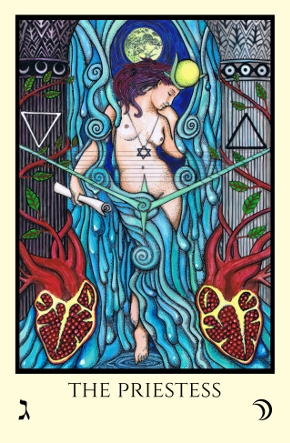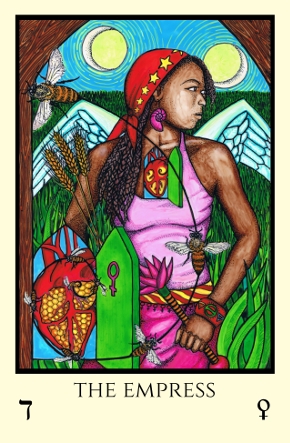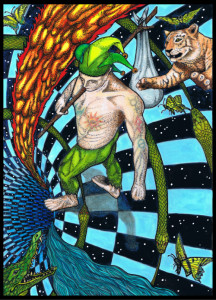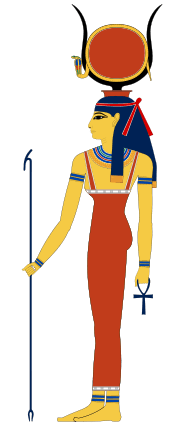Solstice was yesterday, June 21 – summer solstice here in the Northern Hemisphere. To me, this Solstice, of the four quarters of the year, represents Ahathoor in triumph. Liber Resh is my favorite Thelemic practice, and the salutation to Hathor at noon might be my favorite of the four (probably because I am not up at sunrise very often).
Hail unto Thee who art Ahathoor in Thy triumphing,
even unto Thee who art Ahathoor in Thy
beauty, who travellest over the Heavens in Thy
bark at the Mid-course of the Sun.
Tahuti standeth in His splendour at the prow,
and Ra-Hoor abideth at the helm.
Hail unto Thee from the Abodes of Morning!
Hathor is one of ancient Egypt’s greatest and most important goddesses and thus she has so many attributions. A beautiful and resplendent goddess, she was sometimes considered either the mother or wife of Horus as her name was often written as “the House of Horus”. She was a sky goddess, the sky where the falcon (Horus) lived or the house where he was born. Like Nuit, she was a personification of the heavens. She also was sometimes called the wife, consort, or daughter of Re (Ra), and was considered his “eye”. Thus her crown is the solar disk between two horns. She was called the Golden One, and accompanied Re daily in the solar barque. Her role as the “Eye” was to preserve him and enable his daily rebirth with the Sun.
In addition to being portrayed as a very beautiful woman, she also was sometimes shown with the head of a cow. Kings were called “sons of Hathor”. In this way she acted as a royal nurse, symbolically nurturing and suckling the royal births, as well as the Divine Horus child. Isis was also sometimes considered the mother of Horus, as these two goddesses may have been aspects of one.
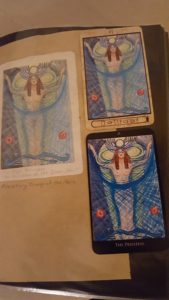
Ahathor was known as “the beautiful one”, supreme goddess of both female sexuality and motherhood. The Greeks associated her with Aphrodite. Yet she was also associated with the afterlife, performing the role for women to “become Hathor” in the same way men became Osiris. In addition to being a very sexual goddess, she was the goddess of joy itself, and to her was assigned pleasure, music, and alcoholic beverages.
In the Tarot, Hathor can be mostly associated with the Empress, for her Venusian roles and influences. Yet she has a bit of the Priestess as well, which makes sense as Isis-Hathor is a similar archetypal relationship to the transition from Priestess to Empress.
